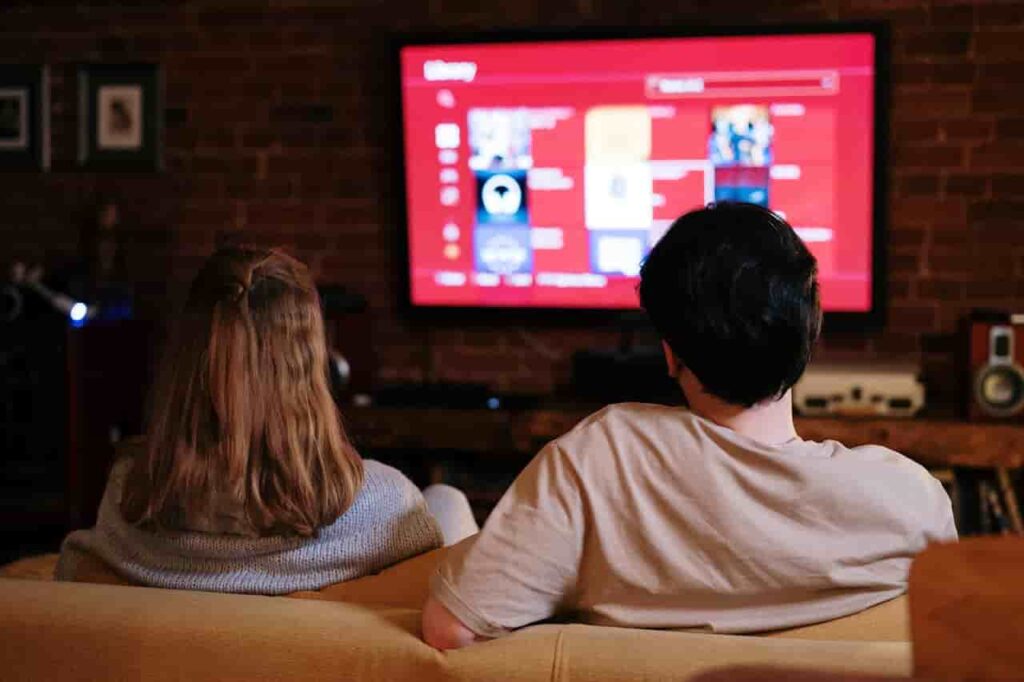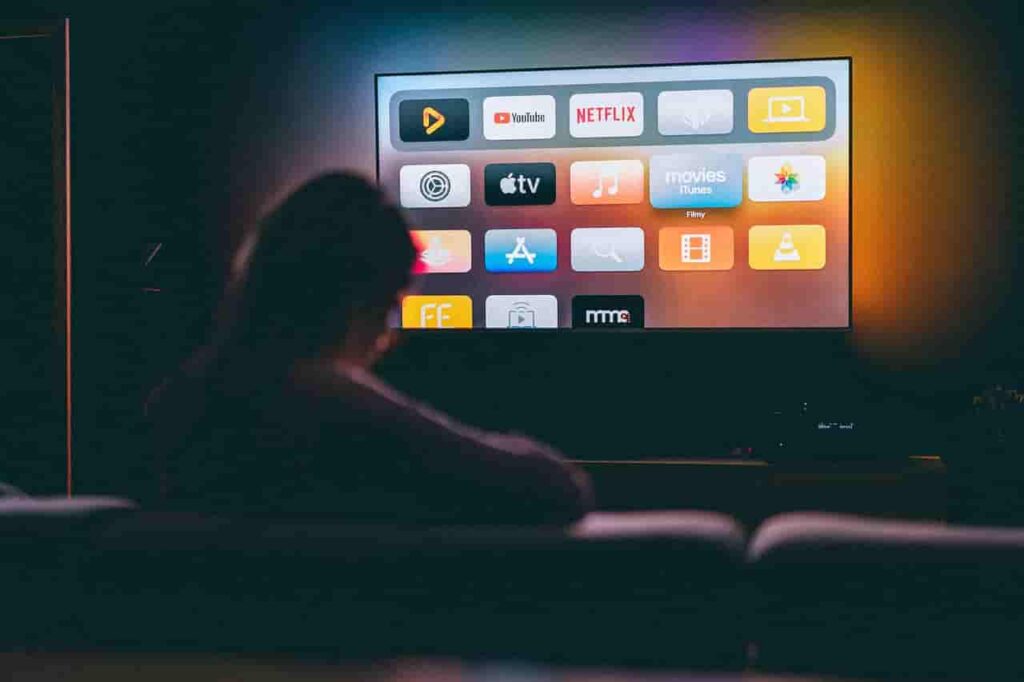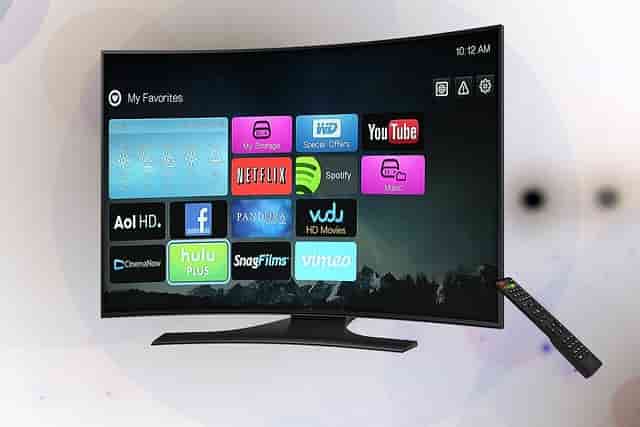In today’s digital age, televisions have become an integral part of our homes, providing entertainment and information. However, different types of TVs have unique characteristics that affect their longevity. This comprehensive guide will walk you through various strategies to keep your TV in top condition, regardless of its type, ensuring years of high-quality viewing experience.
General Tips for All TV Types
Before diving into specific TV types, here are some universal tips that apply to all televisions:
1. Optimal Placement and Environment
- Avoid direct sunlight to prevent screen fading and discoloration.
- Ensure proper ventilation with adequate space around the TV, especially at the back.
- Maintain a stable, moderate room temperature to protect internal components.
2. Power Management and Protection
- Use a high-quality surge protector to safeguard against power fluctuations.
- Avoid frequent power cycles; use standby mode for short breaks.
- Unplug your TV during severe thunderstorms.
3. Regular Cleaning and Maintenance
- Use a soft, dry microfiber cloth to gently remove dust from the screen and body.
- Clean vents and ports with compressed air or a soft brush.
- Avoid harsh chemicals or abrasive materials when cleaning.
4. Software and Firmware Updates
- Regularly check for and install software updates provided by the manufacturer.
- Manage and update apps on smart TVs to ensure smooth operation.
LED TV Specific Tips
LED (Light Emitting Diode) TVs are a type of LCD TV that use LED backlighting. They offer improved picture quality and energy efficiency. Here’s how to maintain them:

1. Optimize Brightness and Contrast Settings
Adjust your LED TV’s brightness and contrast settings to optimal levels. Avoid maxing out these settings, as it can strain the LED backlights and reduce their lifespan. Consider using the “Energy Saving” or “Eco” mode, which automatically adjusts picture settings to reduce power consumption and prolong the life of the LEDs.
2. Manage Heat and Ventilation
LED TVs generate heat during operation, which can affect their longevity. Ensure proper ventilation by:
- Placing your TV in a well-ventilated area, away from confined spaces or cabinets.
- Allowing sufficient space (at least 2 to 6 inches) around the back and sides of the TV for air circulation1.
- Regularly cleaning dust from vents to prevent clogging and maintain proper airflow.
3. Protect Against Power Fluctuations
Use a high-quality surge protector or voltage regulator to safeguard your LED TV from power surges and fluctuations that can damage its sensitive components.
4. Avoid Image Retention
While less common in LED TVs compared to plasma or OLED, image retention can still occur. To prevent this:
- Avoid displaying static images for prolonged periods.
- Use screen savers or turn off the TV when not in use.
5. Regular Cleaning
Clean your LED TV regularly using a soft, dry microfiber cloth. For stubborn stains, slightly dampen the cloth with distilled water. Never spray water directly onto the screen or use harsh chemicals.
6. Software Updates
Keep your LED TV’s software up to date. Manufacturers often release updates that can improve performance and extend the lifespan of your TV
Smart TV Specific Tips
Smart TVs have become increasingly popular due to their advanced features and internet connectivity. Here are some specific tips to extend the lifespan of your Smart TV:

1. Regular Software Updates
- Make it a habit to periodically check for updates for your smart TV’s operating system and apps.
- Enable automatic updates if available to ensure your TV always has the latest security patches and performance improvements.
2. App Management
- Uninstall unused apps to free up storage space and reduce system load.
- Keep installed apps updated to ensure optimal performance and compatibility.
3. Energy-Saving Mode
- Use the energy-saving or eco mode, especially during daylight hours, to minimize power consumption and reduce wear on components.
4. Avoid Overheating
- Ensure proper ventilation around your Smart TV, as it contains computer-like components that can overheat.
- Keep the TV in a well-ventilated area and avoid placing it in enclosed spaces.
5. Network Security
- Use a secure Wi-Fi connection and regularly update your network password to protect your Smart TV from potential cyber threats.
6. Limit Background Processes
- Close apps and processes you’re not actively using to prevent unnecessary strain on the TV’s processor and memory.
7. Use Sleep Timers
- Set up sleep timers to automatically turn off your TV if you fall asleep while watching, preventing unnecessary runtime.
8. Proper Power Management
- Use a high-quality surge protector to safeguard your Smart TV from power fluctuations and electrical damage.
- Avoid leaving the TV on standby mode for extended periods; instead, turn it off completely when not in use.
By following these Smart TV-specific tips along with general TV maintenance practices, you can significantly extend the lifespan of your Smart TV and ensure it continues to provide high-quality entertainment for years to come.
OLED TV Specific Tips
OLED (Organic Light Emitting Diode) TVs offer superior picture quality but require special care to maintain their performance and longevity. Here are some specific tips for OLED TV owners:
1. Prevent Burn-in
- Avoid displaying static images for prolonged periods to prevent burn-in or image retention.
- Use built-in pixel refresher features regularly to maintain even pixel wear.
- Vary content to prevent consistent static elements like channel logos or game HUDs.
2. Brightness Management
- Avoid maxing out brightness settings, as OLED pixels are individually lit.
- Use moderate brightness levels to extend pixel lifespan. Lower brightness settings can exponentially increase pixel lifetime.
- Enable automatic brightness adjustment features that respond to ambient light conditions.
3. Power Management
- Leave OLED TVs plugged in, even when not in use, to allow for automatic pixel refreshing processes.
- Most modern OLED TVs run short pixel refresher cycles automatically after every four hours of continuous use.
4. Screen Protection
- Use a true black background for your desktop to minimize pixel degradation.
- Hide desktop icons and taskbars to prevent uneven wear on specific screen areas.
5. Environmental Considerations
- Keep your OLED TV away from heat-generating objects, as excessive heat can accelerate pixel degradation.
- Avoid exposing the screen to direct sunlight and UV rays, which can cause rapid degradation.
- Be especially careful to avoid direct sunlight during pixel and panel refresh periods.
6. Regular Maintenance
- Gently clean the screen with a soft, dry microfiber cloth to remove dust and fingerprints.
- Ensure proper ventilation around the TV to prevent overheating of OLED components.
By following these OLED-specific tips along with general TV maintenance practices, you can significantly extend the lifespan of your OLED TV and ensure it continues to provide the exceptional picture quality it’s known for.
Plasma TV Specific Tips
While plasma TVs are no longer manufactured, many are still in use. Here’s how to care for them:
1. Break-in Period
- During the first 100-200 hours of use, avoid displaying static images and keep contrast and brightness at moderate levels.
2. Prevent Burn-in
- Avoid leaving static images on screen for extended periods.
- Use screen savers or turn off the TV when not in use.
3. Altitude Considerations
- Be aware that plasma TVs may produce a buzzing sound at high altitudes due to their gas-filled displays].
By following these type-specific and general tips, you can significantly extend the lifespan of your TV, regardless of its technology. Remember, regular maintenance and careful usage are key to keeping your TV in prime condition for years to come.
Conclusion: Maximizing Your TV’s Lifespan
Regardless of the type of TV you own – be it LCD, LED, OLED, Plasma, or a Smart TV – proper care and maintenance are crucial for extending its lifespan and ensuring optimal performance. Let’s recap the key points to remember:
Universal Care Tips
- Optimal Placement: Avoid direct sunlight and ensure proper ventilation.
- Power Management: Use surge protectors and avoid frequent power cycles.
- Regular Cleaning: Gently dust with a microfiber cloth and keep vents clear.
- Software Updates: Keep your TV’s firmware and apps up-to-date.
Type-Specific Considerations
- LCD/LED TVs: Manage backlight settings and prevent image retention.
- OLED TVs: Be vigilant about burn-in prevention and use pixel refresher features.
- Plasma TVs: Be mindful of the break-in period and altitude considerations.
- Smart TVs: Prioritize network security and manage apps efficiently.
Professional Maintenance
Regular check-ups by professionals can catch potential issues early. Don’t hesitate to seek expert help for any unusual sounds, picture distortions, or connectivity problems.
At Ravi Electronics, we specialize in TV repair and maintenance for all types of televisions. Our expert technicians can provide tailored advice and services to keep your specific TV model in top condition. Contact us today for a professional check-up or repair service!
Final Thoughts
By implementing these strategies, you’re not just extending your TV’s lifespan – you’re ensuring years of high-quality viewing experience. Remember, a little care goes a long way in preserving your investment and maintaining optimal performance.Whether you have a cutting-edge OLED, a reliable LED, or a classic Plasma TV, these tips will help you enjoy your favorite shows, movies, and games for years to come. With proper care, your TV can remain a centerpiece of your home entertainment system for a long time.
For more personalized advice on maintaining your specific TV model or if you’re experiencing any issues, don’t hesitate to reach out to us at Ravi Electronics. Our team is committed to helping you get the most out of your TV investment. Visit our website or give us a call to learn how we can assist in extending your TV’s lifespan and enhancing your viewing experience.
